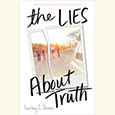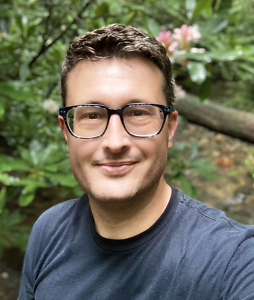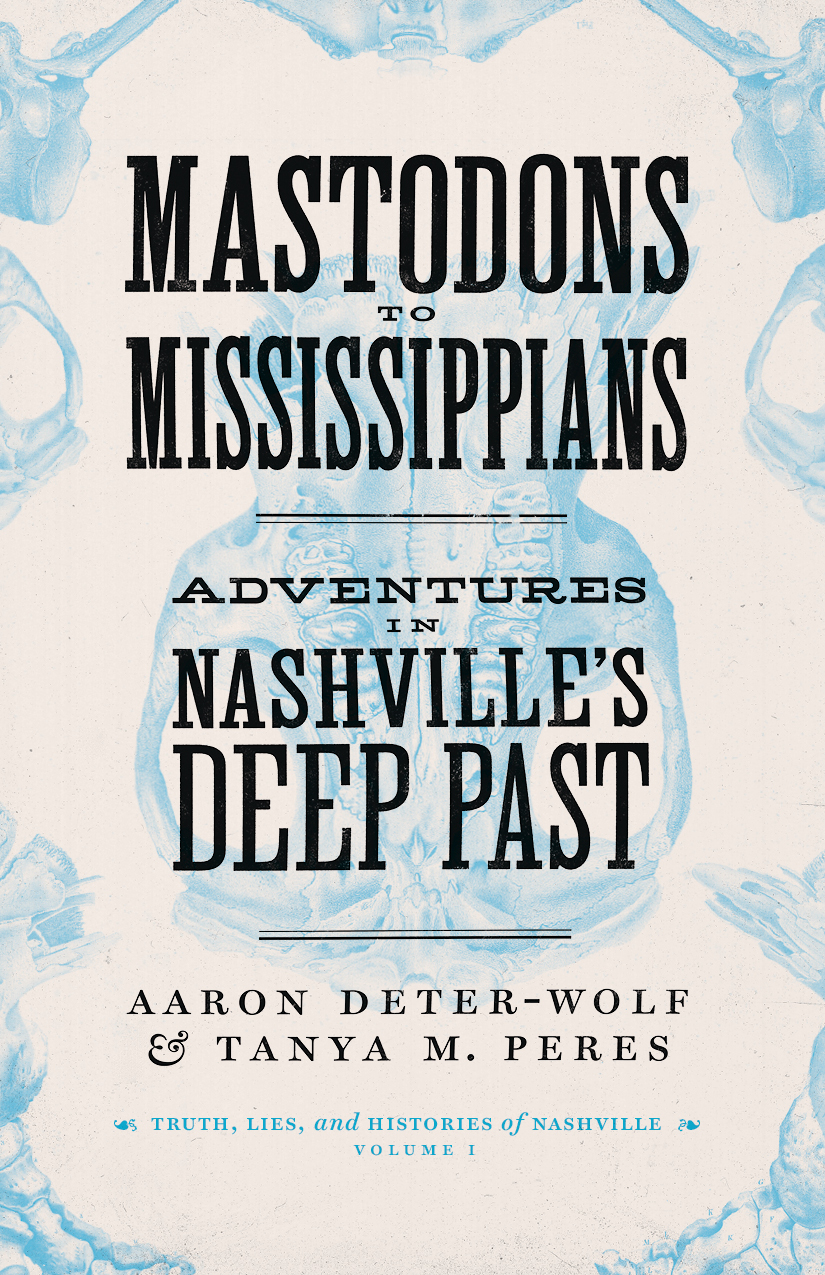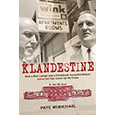Explosive Revelations
Betsy Phillips’ Dynamite Nashville is a raucous, engrossing investigation of white supremacist violence
In the era of the Civil Rights Movement, white supremacists bombed three sites in Nashville: the Hattie Cotton School in 1957, the Jewish Community Center in 1958, and the home of the Black city councilman Z. Alexander Looby in 1960. Betsy Phillips’ Dynamite Nashville investigates the history of these bombings. With an investigative journalist’s zest for sources and a raucous writing style, Phillips digs into the thick, murky network of racial terrorists behind the violence.
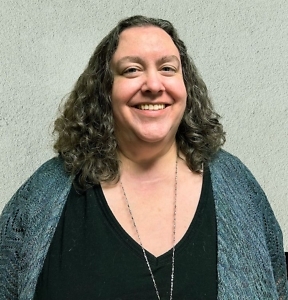
Phillips is the marketing and sales manager for Vanderbilt University Press. She writes “Pith in the Wind,” the political blog of the Nashville Scene, and is the author of the short story collections A City of Ghosts and Jesus Crawdad Death. She answered questions via email from Chapter 16.
Chapter 16: You write that Nashville sells itself as “the peaceful Southern city who did integration right.” Is that a fair characterization? Do you consider Dynamite Nashville an open challenge to a myth?
Betsy Phillips: Thinking about it, I may have oversimplified. Certainly, there are people here who have been working and continue to work to share and preserve a more complicated history of this era. But Nashville hasn’t embraced its civil rights history the same way that other Southern cities have. One of the reasons I’ve been told is that we just didn’t have the same troubles here. So one of the purposes I have in writing this book is to show that, yes, actually, we did have those same troubles. We’ve just had the luxury of being able to forget that because no one was killed here.
Chapter 16: There are so many nefarious characters here that you start each chapter with a “Guide to the Racists in This Chapter.” Yet one man keeps popping up: J.B. Stoner. Who was he, and why was he so significant?
Phillips: J.B. Stoner, to the extent that he’s still remembered, is probably best remembered for being one of James Earl Ray’s lawyers. At least, that’s who I knew him as when I started my research. At first, he didn’t seem to me to be very significant at all. But as I was going through old records, I kept seeing his name over and over. Then, when I went to visit the Birmingham city archives, to look at old police records, I saw reports of him bragging about being behind the bombings here.
He lived a long life, full of evil, but what’s relevant in the context of my book is that he was born and raised in Chattanooga where he, as a teen, had a Nazi pen pal and chartered the first Klan Klavern of the modern era in that city. He was a virulent antisemite and anti-Black racist. And he was something of a terrorism consultant. If a local Klan chapter wanted to oppose school integration in their city, but weren’t quite sure how to do it, they could bring in Stoner and he would hook them up with dynamite, training them how to use it, or be the bomber if they didn’t want to take that risk themselves. In the late 1950s, when he was developing this strategy, he was an insurance salesman, but I think it became apparent to him after he moved to Atlanta that being a lawyer would also be helpful. So, by the early 1960s, he could also represent any bombers in court if they happened to get caught.
He was part of a network that, though it overlapped heavily with the Klan, was filled with people who believed the Klan was too timid in its reaction to integration. They moved dynamite throughout the South and were tied to bombings in many Southern states.
Chapter 16: Dynamite Nashville is like no other history book that I have ever read. Despite the serious subject, you write with a hilarious and engaging informality, like you’re in a barroom conversation with your reader. How did you come upon this style?
Phillips: I mean, I want people to read it!
I’m very fortunate that the Nashville Scene has let me write about Nashville history as much as I want. Writing for an audience that is engaged with the city enough to seek out the paper, but doesn’t know much of its history because they, by and large, didn’t grow up here, and trying to entice them to read my column is what helped me figure out a way I could write about history that people would want to read.
I wanted to tell Nashville this story of itself, and I hope that we might use this book as a way in to thinking about how issues from this time — police corruption and violence, an unwillingness to deal directly with white supremacy and how it hampers justice, bystanders just watching and letting terrible evil happen — are still with us and how ignoring them hasn’t resulted in them going away, but in them still festering in the city. So, I wanted this to be a book that anyone in Nashville could engage with, even if they’re not big readers usually, because I think these are events that affected and still affect everyone in the city. I know a lot of people think of history as some kind of dry, boring recitation of facts presented in a seemingly neutral way and that’s why they don’t engage with it. I wanted this to read like a mystery the reader has a stake in.
Chapter 16: One fascinating thread in the book is the role of the FBI. Was this federal agency aiding or hampering investigations into white supremacist violence?
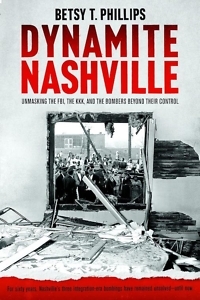 Phillips: Hampering, for sure. The FBI withheld two witnesses to the planning of the Hattie Cotton bombing from the Nashville police. While they had good information about explosives being brought into the city and where it was hidden, they didn’t share that or the identities of who told them with the Nashville police before the bombing. Even after the bombing, they only shared the identity of one of these witnesses. I think I may be the first person to reveal the identity of the other witness.
Phillips: Hampering, for sure. The FBI withheld two witnesses to the planning of the Hattie Cotton bombing from the Nashville police. While they had good information about explosives being brought into the city and where it was hidden, they didn’t share that or the identities of who told them with the Nashville police before the bombing. Even after the bombing, they only shared the identity of one of these witnesses. I think I may be the first person to reveal the identity of the other witness.
The [Jewish Community Center] bombing wasn’t immediately linked in Nashvillians’ minds with the Hattie Cotton bombing. Instead, locals thought it either was related to integrated activities that had been happening there or linked to a series of other terrorist attacks on Jewish institutions throughout the South. But in order to definitively link our bombing to these other anti-Jewish bombings, local police needed someone to coordinate the investigations at a national level. The FBI refused, saying these were all local matters.
No Black person in Nashville who was alive during this period is surprised by this. They all knew the FBI was not on their side. But I have to tell you, of all the things I learned in writing this book, this was the hardest for me to live with. I was taught and I always thought that the young people who formed the Civil Rights Movement had the idea that they could bring change to the South if they could only get the attention of the rest of the nation, which would then be outraged and send in someone to fix this. But what I’ve come to realize is that these young people always knew — they knew then and they still know now — that there was nobody to appeal to at a national level. The FBI, which would have been the law enforcement agency that could have responded to a multi-state conspiracy to use terrorism to end integration, had no intention of doing that and was, in fact, often aiding the terrorists. No help was coming. They did it anyway.
Chapter 16: How did antisemitism figure into the narrative of segregationist resistance to the Civil Rights Movement?
Phillips: It seems to me that antisemitism was the secret ingredient that ensured violence against Black people. This wasn’t something that was widely known, even as the terrorists tried to make it clear. With the JCC bombing, the bombers called around town to various media outlets saying that they had just blown up our “center for integration” and that next they were going to go after the judge who was presiding over the integration of Nashville schools. But that bombing is not at all understood locally as fitting in with the Hattie Cotton bombing or the Looby bombing.
J.B. Stoner and other white supremacists had a conspiracy theory that Black people were not smart enough to want civil rights on their own, so that Jewish people must have been behind the upheavals happening. Stoner’s thinking was that, if they could get Jewish people out of the way, Black people would return to their “proper” position in society. They targeted Jewish institutions as a part of their campaign against integration.
Chapter 16: A skeptic might ask: Why bother? What can we gain from looking for answers to these long-ago crimes? How do they hold any relevance for us in 2024?
Phillips: In April 1960, someone tried to kill a Nashville city councilman and that assassination attempt was never solved. And yet, every day from the time that happened until now, no other Nashville city councilperson (and now Metro councilperson) has ever said, “Hey, are any of the rest of us in danger? Should we maybe either look into this ourselves or ask the police to find some real answers so that we know if we’re safe?” And sure, maybe 2024 is long enough that we, as a city, feel confident that the attempted assassin is dead, but how did the council go about its business in May 1960 or April 1965 or at any time before then?
It blows my mind. I can’t stop thinking about it. They didn’t know why Looby was targeted. What if the terrorists were upset about the pending vote on Nashville switching from a city government to a metropolitan government? Or did they think that almost all of them were safe because they were white? Terrorists blew up a predominately white school. How do you live through that and assume “It’s probably fine. I’m probably safe”? That’s really interesting to me. How do you do the very same job as Looby and never worry that you might be next?
As for the skeptics, I guess what I would say is that every time the FBI opens up a civil rights era cold case from the South to reinvestigate it, and then they close it because there’s no one left alive who knows anything, we should know, as a nation, that Ed Fields, J.B. Stoner’s dearest friend, is still alive. There is probably not a single terrorist event that has happened in the South in Fields’ adult life that he does not know about. If the FBI truly wanted answers for these families, they could go talk to Ed. Ed’s wife, by the way, told a journalist I know that Ed disagreed with the approach the folks at the Unite the Right rally in Charlottesville took and told them so. Meaning this guy who has been deeply involved with the white supremacist movement since the 1940s is still involved.
It’s hard to feel like these crimes were so long ago and that they don’t matter anymore, when we’re still directly dealing with the influence of these terrorists and we’re still watching the FBI downplay the events.
[Read an excerpt from Dynamite Nashville here.]
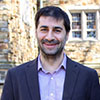
Aram Goudsouzian is the Bizot Family Professor of History at the University of Memphis. His most recent book is The Men and the Moment: The Election of 1968 and the Rise of Partisan Politics in America.

